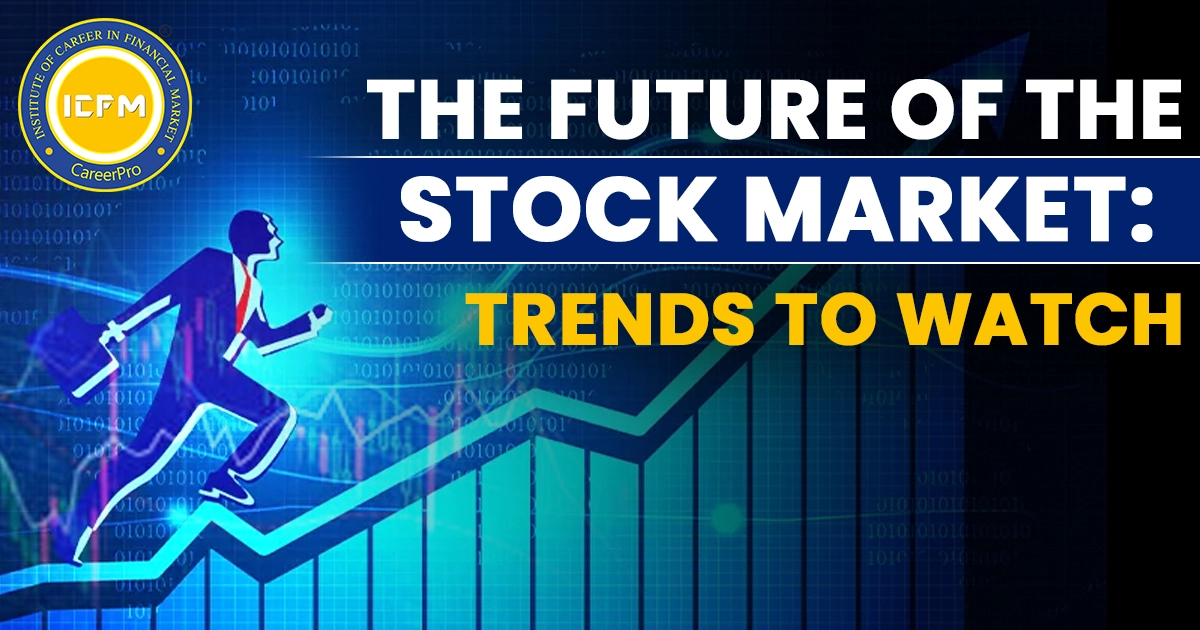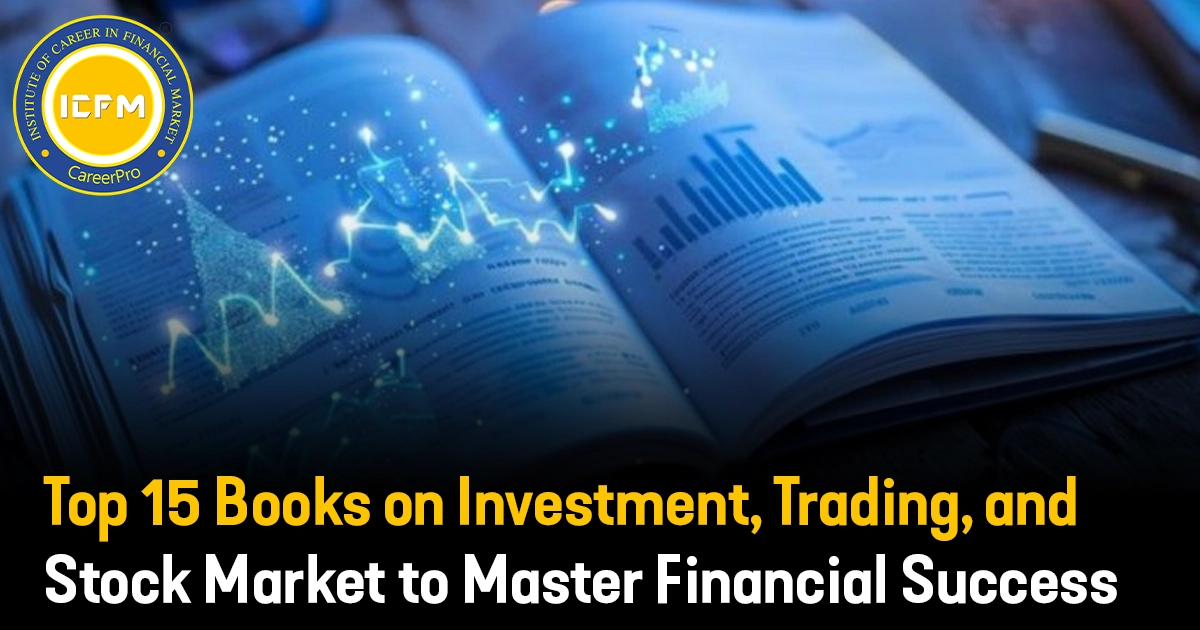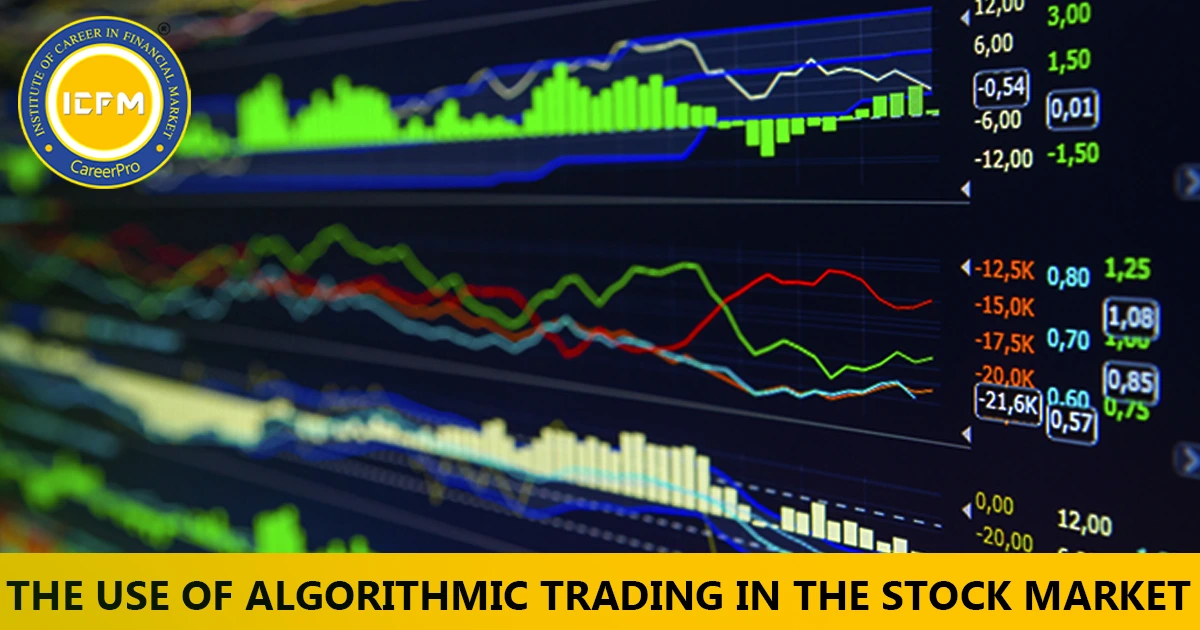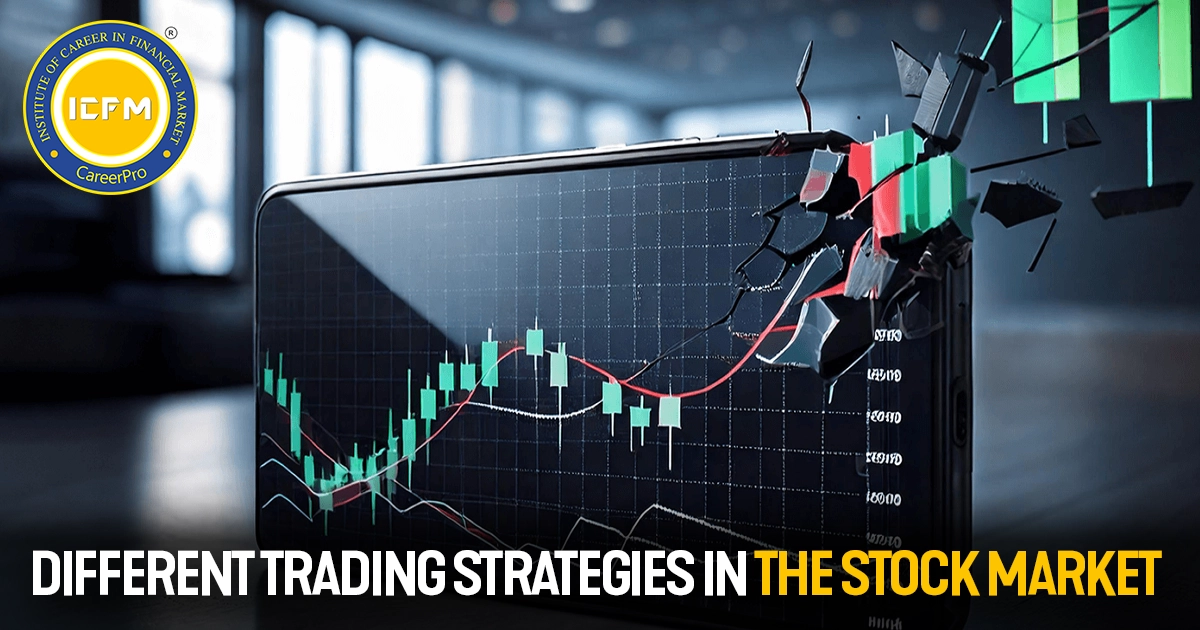The stock market has, throughout its history, remained
an ever-changing entity, constantly reflecting the global economy,
technological advancement, and changes in societal characteristics. Trends have
taken shape moving further into the 21st century to define the face of the stock
market. Grasping such trends may help investors in making a foresighted
decision and keeping them ahead of the curve. The forthcoming blog will thus
share some of the most significant trends that one shall eye in the forthcoming
years.
1. Technological Advancements
Among the most disruptive trends taken place in the
stock market today, the most influential one is technological development at a
fast pace. From algorithmic trading to block chain technology, technology
reshapes the way markets work these days.
Algorithmic
Trading: Algorithmic trading utilizes complex algorithms that
execute trades at speeds and in quantities no human trader can match. While
this exemplifies more efficient and precise trading strategies, such
advancements raise questions of market stability and fairness. As algorithms
improve, so will their ramifications on market dynamics.
Blockchain
Technology: The conducting technology of crypto
currencies is finding its way into the stock market. It can provide enhanced
transparency, security, and efficiensscy in trading and settlement processes.
This will reduce the requirement of intermediaries through blockchain-based
platforms, bring down transactional costs, and ultimately shorten the
settlement time from days to minutes.
2. Rise of Retail Investors
Probably one of the most striking trends to have
emerged over the last few years is the democratization of investing. The rise
of online brokerage accounts and mobile trading applications has made it easier
than ever for people to participate as individual investors in stock markets.
Commission-Free
Trading: Commission-free trading is an area in which firms
like Robinhood have been pioneers, sucking millions of new investors into their
fold. The trend is likely to attract more platforms with low-cost or no-cost
trading options that further democratize investing among a greater number of
people.
Social
Media and Investing: Social media platforms and online
communities are increasingly becoming major setters in investment decisions.
The early 2021 "Reddit rally," in which retail investors forced stock
prices to rise on venues like GameStop, democratized the power vested in
collective action and information sharing among individual investors.
3. ESG Investing
ESG investing has increasingly turned to a mainstream
strategy and is no longer a niche investment strategy. Rather, it confirms the
way in which investment is exercised. Environmental Social and Governance:
Investors are increasingly looking at sustainability and ethical consideration
as important Mangerton variables when making investment decisions. Companies
with sound ESG characteristics attract more capital and deliver better over the
longer term; this trend is expected to grow.
Regulatory
Changes: Across the globe, governments and regulatory bodies
are coming up with policies aimed at lifting ESG practices. This includes ESG
mandatory disclosures and incentives for green investments. The impact of
changing regulations in the future shall compel companies to comply with new
standards that have a bearing in terms of performance on the stock market.
4. Globalization and Market Integration
Globalization has long been the hallmark of the modern
economy, and the stock market has certainly not been an exception. With global
markets getting more and more integrated, global events would now have greater
impacts on the local market.
Cross-border
investing: with advancements in technology and improvements in
the financial infrastructure, access to foreign markets has become easier.
Geographic diversification as a strategy for de-risking and getting access to
growth opportunities across the world is very common.
Geopolitical
Risks: Then again, at the same time, globalization also
introduces risks. Geopolitical tensions, trade disputes, and regulatory changes
in major economies can hold important repercussions in international markets.
Investors will stay updated on world developments and be knowledgeable about
how it can affect their wallet.
5. Economic and Monetary Policies
The influence of the central bank and economic policy
is key to the stock market. Over the next two years, these shall remain the
most crucial drivers for the market.
Monetary policy—interest-rate and quantitative-easing
policies of central banks—will be some of the important factors that determine
market liquidity and investor sentiment. While low interest rates and
accommodative monetary policies have supported the market over the past few
years, possible changes in these have the capability to drive volatility
higher.
Fiscal
Stimulus: Government spending and fiscal stimulus packages may
spur the economy and stock markets. As economies recover from the COVID-19 blow
to the global economy, the role of fiscal policy will be more crucial in
sustaining growth and stability.
6. Emerging Markets
There's great growth potential in companies' markets
for investors ready to sift through higher levels of risk. As all these
economies grow, so does their respective stock market in importance on the
world stage.
Asian
Growth: This is led by countries like China and India, with
an absorption of rapid economic growth and a growing middle class. This brings
one into contact with dynamic industries like technology, health, and consumer
goods.
Diversification
Benefits: Including emerging markets in the investment portfolio
may optimize diversification and produce greater returns over the long term.
However, investors must be able to recognize the new types of risks associated
with such markets, especially political instability and currency volatility.
7. Impact of Demographic Shifts
Changes at the demographic level— a ageing or
consumption behavior—will define future market trends and therefore investment
opportunities.
Older
Population: This greyish tint that the population
structure of the developed nations is taking will continue to influence a lot
of ventures related to health care, pharmaceuticals, and retirement services.
Those firms that cater to the needs of the elderly will be very likely to see
sustained demand.
Millennial
and Generation Z investors: The young generation has started to
play a major role in the stock market. Their preferences are tilted toward
technology, sustainability, pioneering products, and age-related trends that
will come to the fore in times to come. Companies that support these values
will likely attract more investment.
Conclusion
Here one finds the impact of technological changes,
globalization, demographic change, and regulatory changes. It means that
staying on top of these trends and their implications must be very important
for investors to make strategic decisions about the complexities of the market
and how they can best position themselves in relation to growth opportunities.
Of course, a diversified portfolio and a long-term perspective are key
investment strategies in the face of an evolving market landscape.









